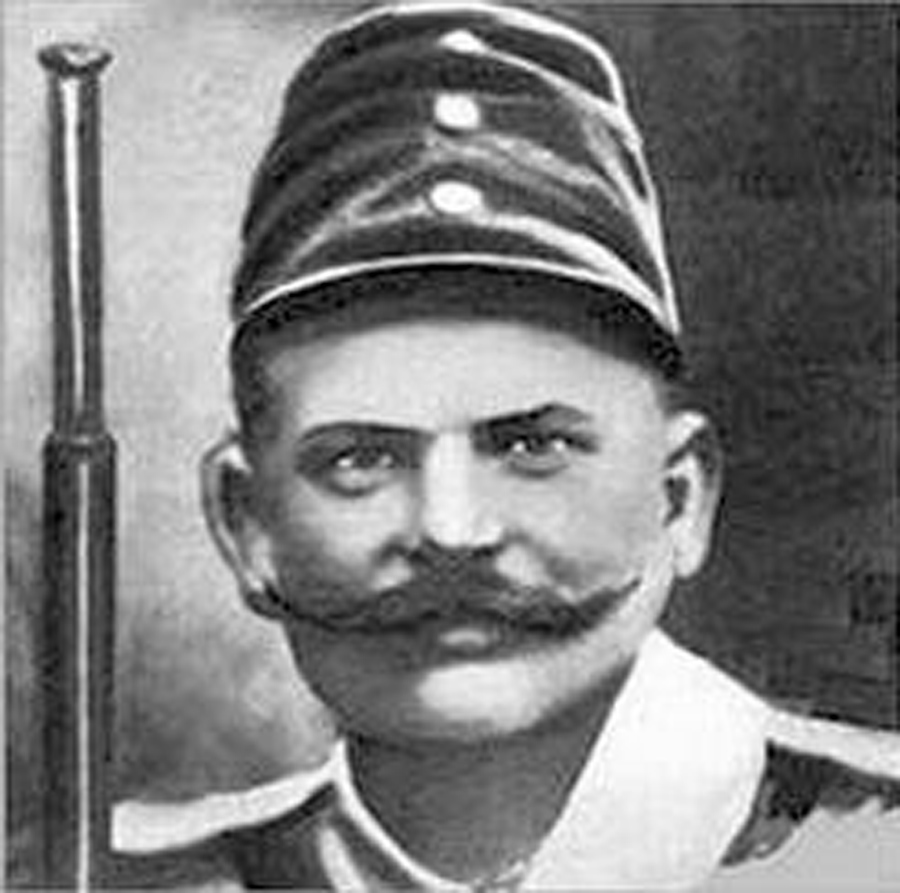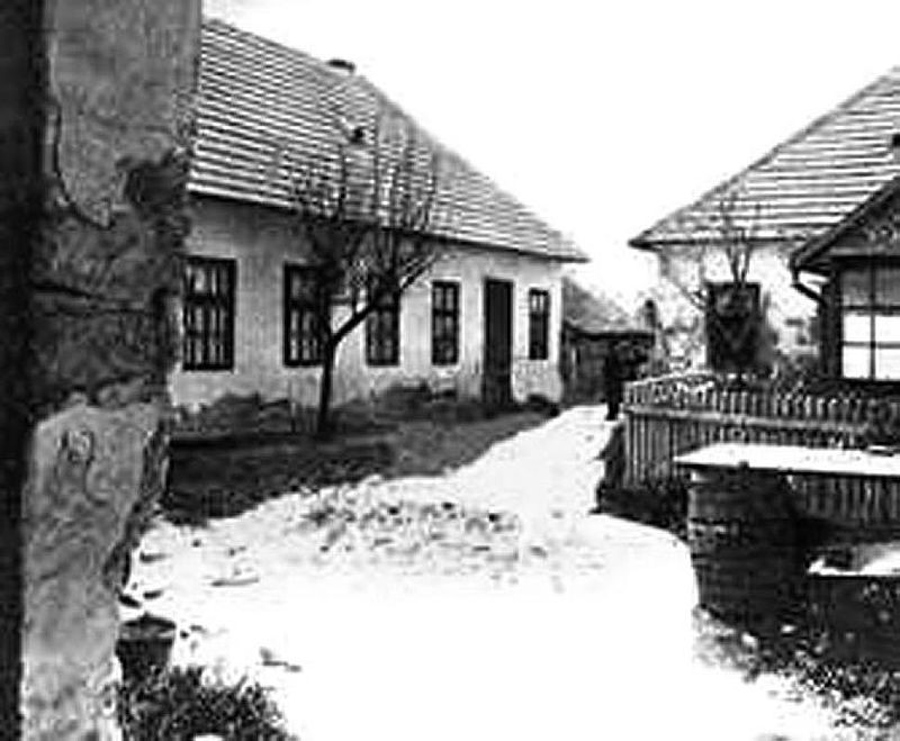The story of Bela Kiss sounds like something straight out of a horror movie. This unassuming Hungarian citizen of the 1900s killed as many as 24 young women and kept their remains in big metal drums.
Although his motives are something of a mystery, many stories have swirled around this straight figure. Was he a vampire, feeding off his victims? What other sinister purposes led him to kill and kill again? And, most ominously of all, what happened to him?
The Story of a Murderer
Although Kiss was born in 1877, there is no evidence of the killer he was to become in his early life that we know of. His killings did not start until he was in his forties, but which time and according to records he was an amateur astrologer and a pleasant man to interact with.
It was a testament to his cunning wit that his psychopathic nature remained hidden for a long time. Kiss lived the ordinary life of a tinsmith in Cinkota, near Budapest in Hungary, until his horrific deeds revealed an otherwise extraordinarily cruel personality.
But maybe there were clues which hindsight offered to the investigators. Kiss was also known for his interest in occult practices and astrology. There is a possibility that the many murders committed by the man had a connection to the occult.
Kiss lived in Cinkota from the early 1900s, and around 1912, he hired a housekeeper by the name of Mrs. Jakubec. Around this time, Kiss also started meeting and corresponding with many young women, who would sometimes visit his home.

Many suspect that some of these women were the first victims of Kiss. Although Mrs. Jakubec lived in his house as a housekeeper, she never saw any of these women for very long. However, she and several other visitors to the house noticed a number of metal drums that Kiss had started keeping in the house.
These drums invited questions from the town constable. Upon questioning, Bela Kiss had answered that the drums were for keeping gasoline, as he was preparing for the upcoming war he saw as inevitable.
Because World War I was approaching, Kiss’s lies were believable, and no one questioned him further on it. However, during World War I, Kiss was called to serve in the war. He thus left his house under the care of his housekeeper, with the drums under her care also.
A Shortage of Gasoline
In July 1916, the Budapest Police got a call from a Cinkota landlord about these metal drums. Kiss was no longer available to answer questions, and so despite the protests of Mrs. Jakubec the seven drums were opened by the police, who believed they contained gasoline which they needed.
However, what they discovered was beyond imagination. At first, they detected a very stale, pungent smell coming from the drums. Then, upon completely opening up one drum, the police found the body of a strangled woman.
Similar bodies were found in various states of decomposition in the rest of the drums. Upon further searching Kiss’s house, in total the police discovered the bodies of nearly 24 women.
Although it was clear that Kiss had committed these serial murders, Mrs. Jakubec protested that she knew nothing of this and claimed no part in it. It seemed as though Kiss had started his murdering spree years earlier, and his housekeeper was not in the know.
The housekeeper also stated that Kiss had told her about a certain secret room in the house, which Mrs. Jakubec was not allowed inside. Police broke into this secret room and found Kiss’s horrific den, with books on poisoning and strangulation and letters showing he had maintained a correspondence with no fewer than 74 women.
The Method of a Murderer
The tinsmith obviously had no problem attracting the ladies. He was a handsome, tall man who some would describe as attractive. He was also well off, so he often threw lavish parties and entertained guests with his sharp wit.
But, as police tracked his activities back through the years, it became clear that his mysterious ways started in the early 1900s. He would often pretend to be a wealthy widower and place ads in the newspaper stating he was seeking to remarry.

His penchant for crime was clear from the start as he corresponded with many women and often cheated them of their money. Although he used to rob people of their money, his murderous side was apparently not triggered until he married a young girl named Marie. Shortly after their marriage in 1912, Marie had an affair with a young artist named Bikari.
In 1912, Bikari and Marie disappeared, and Kiss claimed that the two lovers eloped to America. However, during the later investigations, it was established that the two lovers were Kiss’s first victims.
After killing his wife and her lover, Kiss then commenced on a murder spree. He continued luring young women with his false identity, defrauded them, and then killed them, either with his own bare hands or with strangulation by rope. He also tried poisoning his unsuspecting victims.
As a psychopathic, habitual killer, Kiss would try to preserve the bodies of his victims like trophies. He often drained his victims’ bodies of blood so that the body wouldn’t rot. The draining of blood also earned Kiss the title of the Vampire of Cinkota. He would keep methanol in large steel drums and pickle the bodies in alcohol to delay the decay process.
These ghoulish trophies, and Kiss’s mesmeric appeal to women, led to the vampire rumor growing. Was Kiss somehow able to increase his power through murdering these woman? And where did all the blood from the bodies go?
The Man who Vanished
Once the police were sure of Kiss’s crimes, a frantic search for the murderer was started. However, it was very difficult to capture Kiss in the middle of the chaos of the ongoing war. The Budapest Police also alerted the military and asked the armed forces to capture the killer. However, by then, the location of Bela Kiss was unknown and he was thought to be a prisoner of war, or even dead.
However, in 1914 the police received reports of Bela Kiss recovering from a wound in a Serbian hospital. But by the time the investigating officer reached the hospital, Kiss had fled, placing the body of a dead soldier as a decoy on his bed.

And that was the last anyone saw of Bela Kiss. Over the years, the police followed many leads in an effort to track him down, but to no avail. There were many sightings of Bela Kiss even in 1920 and 1932, but if these were truly him, he was always one step ahead and was never caught.
The final fate of the infamous Bela Kiss remains a mystery. Where did he go to? Did he kill again? And what of the rumors of his vampirism?
If Kiss were alive today, he would be almost 150 years old. Any mortal man would have long since died of old age, if indeed Kiss was mortal. But, if he had indeed found a way to cheat death, could he still be out there, somewhere in the shadows?
Top Image: 24 bodies, but where did the blood go? Source: Fotokitas / Adobe Stock.
By Bipin Dimri